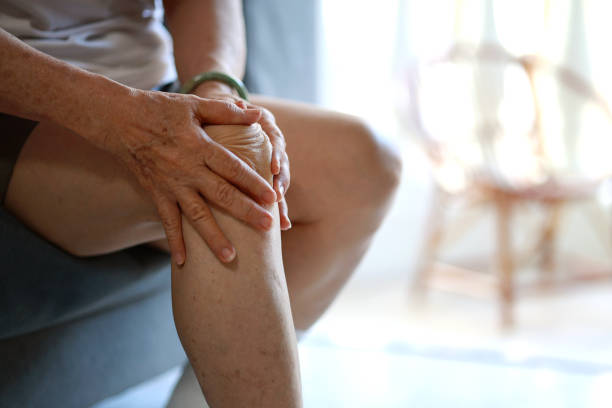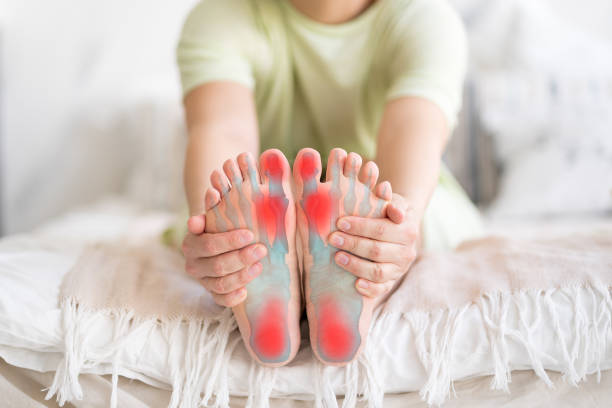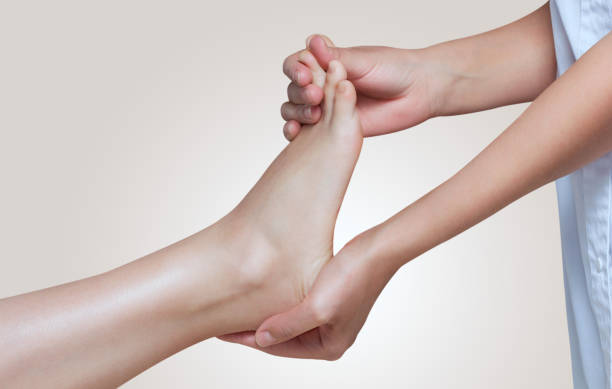The NDIS is a participant-centred scheme, meaning individuals can allocate their funds to the support they need most. These can include services like occupational therapy.
OT can help you to get more out of your day and improve your quality of life. Whether you need to shower, shop, work, learn, play or enjoy your hobbies.

Occupational therapists help people with disabilities to do the things they want to do.
Occupational therapy is not only one of the most important, but also the most empowering types of support for people with disability. Whether you have a permanent disability or are recovering from an injury, an OT can help you to live the life you want, through the things you need to do.
OT’s use a holistic approach and assess physical, cognitive and emotional capabilities to enable the development of personalised therapy to improve a participant’s quality of life1. Their services are wide-ranging and include:
Many people have access to occupational therapy through the NDIS via their registered NDIS provider. This can be found through the NDIS website. However, if you are self-managing your funding or you have a NDIS support package that does not include an OT then you can seek a private occupational therapist by searching NDIS occupational therapy Cairns.
You will need to speak with your NDIS planner to determine if this is an eligible expense. Your NDIS plan will allocate a percentage of your funds to capacity building, so it’s important to check that you have sufficient allocation and that the service is considered ‘reasonable and necessary’ before seeking an OT assessment.
Depending on the type of disability you have, an OT can assist with a range of activities including daily living tasks, such as cooking or washing; recreational activities; and navigating public transport or managing finances. They may also recommend assistive technology and make modifications to your home, car or work environment.
Occupational therapists can work closely with other allied health providers to provide you with the best possible care. For example, they may suggest physiotherapy, speech pathology or psychologists to assist with your goals. They may even work with your GP to coordinate a holistic care plan.
They help people with disabilities to do the things they need to do.
The Royal Rehab LifeWorks Cairns provides individuals with a range of support, including occupational therapy, to help them live as independently as possible. These services can include helping people to get around in their homes, and making their homes more accessible. OT also helps people to manage their daily routines and improve their physical and cognitive skills. They can help people with disabilities to perform everyday tasks, such as cooking and bathing, and they can also teach them how to use assistive technology and manage their health and wellbeing.
The OT approach to the NDIS program is client-centred, meaning that the individual’s needs determine what type of assistance they receive. This removes the threat of wasting funds on unnecessary services and instead allows participants to learn to prioritise items that bring the most benefit in alignment with their goals. Home Caring’s NDIS support coordinators can assist participants to identify what sort of NDIS OT services would signal the best use of their funding, and they can provide guidance on how to access these services.
Occupational therapy can also work with other forms of NDIS funding, such as home modifications or assistive technology. They may work with a person to identify the home modifications that are needed in order to make their home more accessible, and they can also help to train people to use assistive technologies.
When preparing an NDIS application, it is important to be as detailed as possible about your disability and how it impacts your life. The more detail you provide, the more likely the NDIS will be to approve your request. It is also helpful to write your report in day-to-day language rather than using medical jargon, and you should try to include as much documentation as possible in order to streamline the process.

They help people with disabilities to do the things they want to do.
Occupational therapy provides individuals with the tools they need to achieve their goals and participate in their daily lives. OTs work closely with NDIS participants to assess their individual needs and create customised intervention plans that empower them to live more fulfilling lives.
For many, the goal is to be able to manage their everyday tasks as independently as possible. That could mean gaining access to assistive technology, improving home or community set ups and exploring what other forms of support are available. It also means being able to engage in activities they enjoy, whether socialising with family and friends or taking part in hobbies.
OTs can help people build independence by introducing new ways of doing things and by teaching them skills to overcome challenges they may face in their daily life. For example, they can teach people to use public transport independently and help them develop strategies to manage stressors. They can also support people in participating in work and leisure activities by providing training on how to use assistive equipment or adjusting job duties as needed.
Capability building tasks can also be crucial in preventing the need for people to enter residential care. Occupational therapists can assist with the setup of a safe and comfortable living environment, which can give individuals confidence to stay at home rather than transferring into a care facility.
NDIS participants can access occupational therapy through a range of registered providers. To find an OTA-approved provider, visit OTA’s Find an OT directory.
Alternatively, NDIS participants can self-manage their funding and choose any registered provider that meets their requirements.
OTA remains committed to raising awareness about the important role that OTs play in the NDIS and advocating for vital improvements to the NDIS system. This includes ongoing advocacy around pricing arrangements, which need to reflect the cost of running a business and address the impact of the price freeze on allied health services.








